“[What is the] extinction of a condor
to a child who has never seen a wren?”-Robert Michael Pyle
The Endangered Species Coalition has a Public Service Announcement video embedded on their website that begins by asking,
“Can you imagine the woods without owls?
The wetlands without frogs?
Or the flowers without bees?”
I think that for most children, the answer is yes.
They can imagine that pretty easily.
Because they don’t go into the woods or wetlands.
And they’ve been taught to stay away from bees. Bees bad.
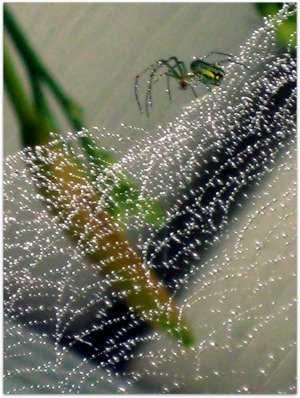 Today is Endangered Species Day, the day where I remind you that once the intricate ecological web starts losing threads, it’s only a matter of time before an anchoring foundation thread goes and the whole business falls apart. We depend on multitudes of species in ways we don’t even understand fully yet. We have no idea which threads could cause the web to unravel; it’s ultimately in our best interests to protect them all, before humans find themselves on the endangered species list.
Today is Endangered Species Day, the day where I remind you that once the intricate ecological web starts losing threads, it’s only a matter of time before an anchoring foundation thread goes and the whole business falls apart. We depend on multitudes of species in ways we don’t even understand fully yet. We have no idea which threads could cause the web to unravel; it’s ultimately in our best interests to protect them all, before humans find themselves on the endangered species list.
Is that a selfish and self-centered way of approaching the subject? Perhaps. But those are the facts, man. We live in a world of natural checks and balances that have evolved over time, and the more we monkey with pesticides and habitat the more likely it becomes that we will encounter a tipping point to that balance, and cause the infrastructure to collapse like a house of cards.
The Most Important Thing You Can Do To Protect Endangered Species:
Take your children outside for broad lengths of unstructured nature time.
- So they know what they could be missing. Help them to learn the names of the trees, to recognize the calls of the birds, to notice the abundance of life that goes on all around us. Become backyard naturalists.
- Take them to zoos, unless you can afford to go exploring in the rainforests and the sahara. If the ethics of zoos bother you, then go ahead and talk to your kids about that. But let them look a tiger in the eye.
- Help them to form a bond and empathy and affinity with nature. I’m going to come right out and say it: teach them to care about something other than themselves and their immediate family.
- Tell them that the power is in their hands. That their actions, even the little ones, make a difference, for good or for bad.Maybe this will help us all to remember that the same is true for all of us.
The Second Most Important Thing You Can Do:
Help preserve animal habitats.
- Don’t use herbicides or pesticides.
- Don’t litter.
- Try to limit chemicals and plastics in your life. As much as you can.
- Volunteer for cleanups. Or just throw away that random McDonald’s bag at the park. Every little bit helps.
- Garden for wildlife.
The Third Most Important Thing You Can Do:
Advocate.
The Endangered Species Act does a good job of protecting the plants and wildlife listed as threatened or endangered. But in the U.S. there are 6,500 species that scientists believe are at risk of extinction. Only 1,200 are officially listed.
- Petition for the preservation of wilderness and parks. And donate what money you can to support those efforts.
- Take part in citizen scientist projects to help researchers track population numbers.
- Talk to other people. Give them the opportunity to make a difference, too.
Some other good tips from the Endangered Species Coaltion:
- Slow down when driving
- Recycle and buy sustainable products
- Never purchase products made from threatened or endangered species
- Report any harassment or shooting of threatened and endangered species
One more thing.
Care.
Unless someone like you cares a whole awful lot,
nothing is going to get better.It’s not.
-Dr. Seuss, The Lorax
StopExtinction.org






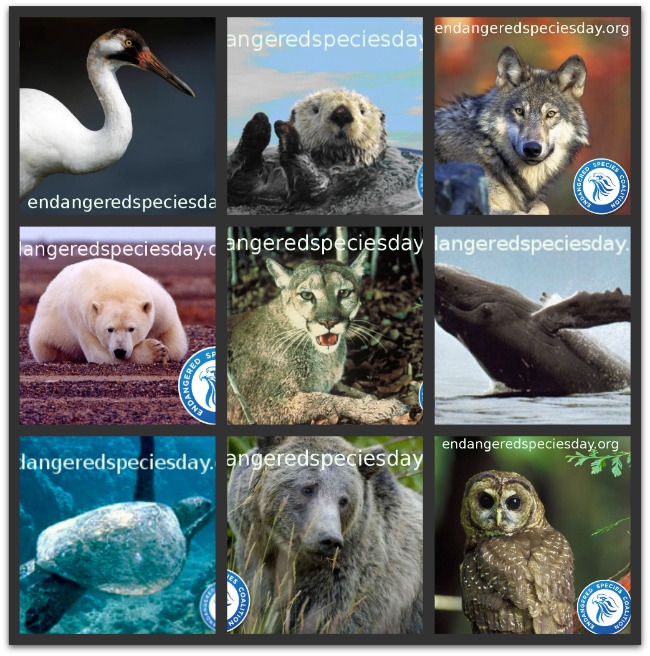
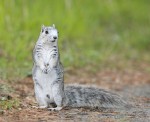

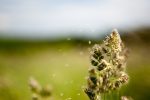
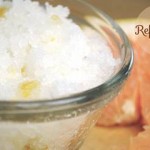

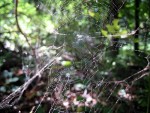
[…] The only way to truly protect these animals is to protect their habitats, which means a reversal of what was set in motion by the settlers in the 1800s. It seems like an impossible task; all we can do is try. (Here’s what you can do to help endangered species.) […]